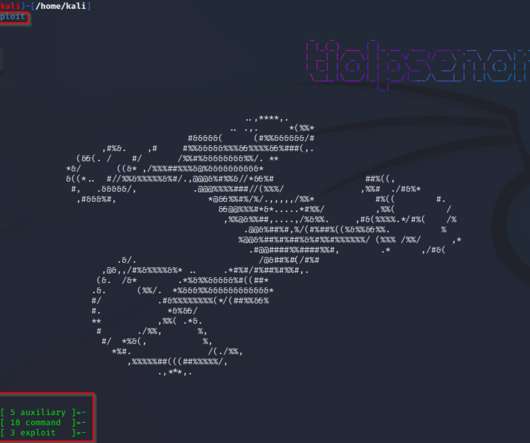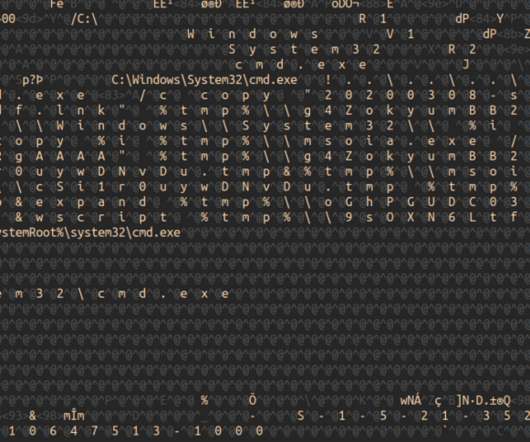Is Emotet gang targeting companies with external SOC?
Security Affairs
OCTOBER 14, 2019
AV and plenty static traffic signatures confirm we are facing a new encrypted version of Emotet trojan. That time they addressed companies having an external Security Operation Center (SOC) pretending to simulate an external SOC operator who sends periodic reports to the company. Conclusion. MITRE ATT&CK.












Let's personalize your content